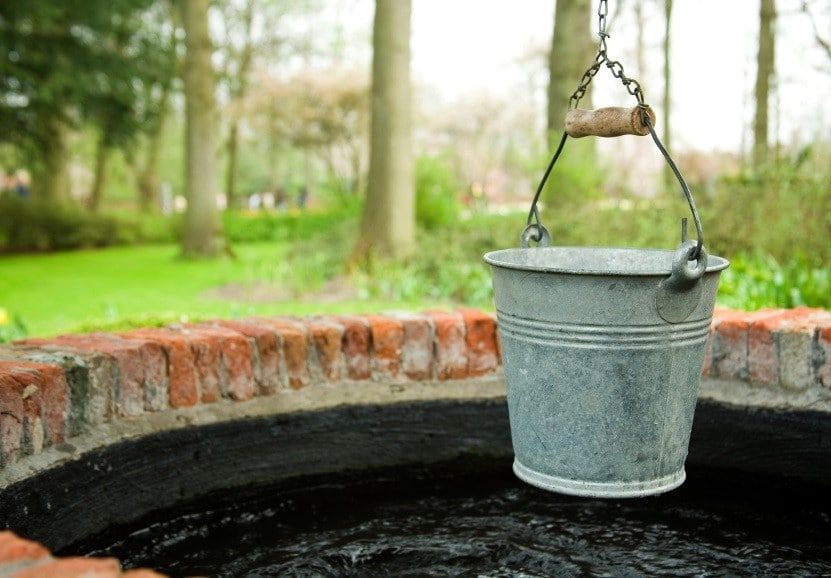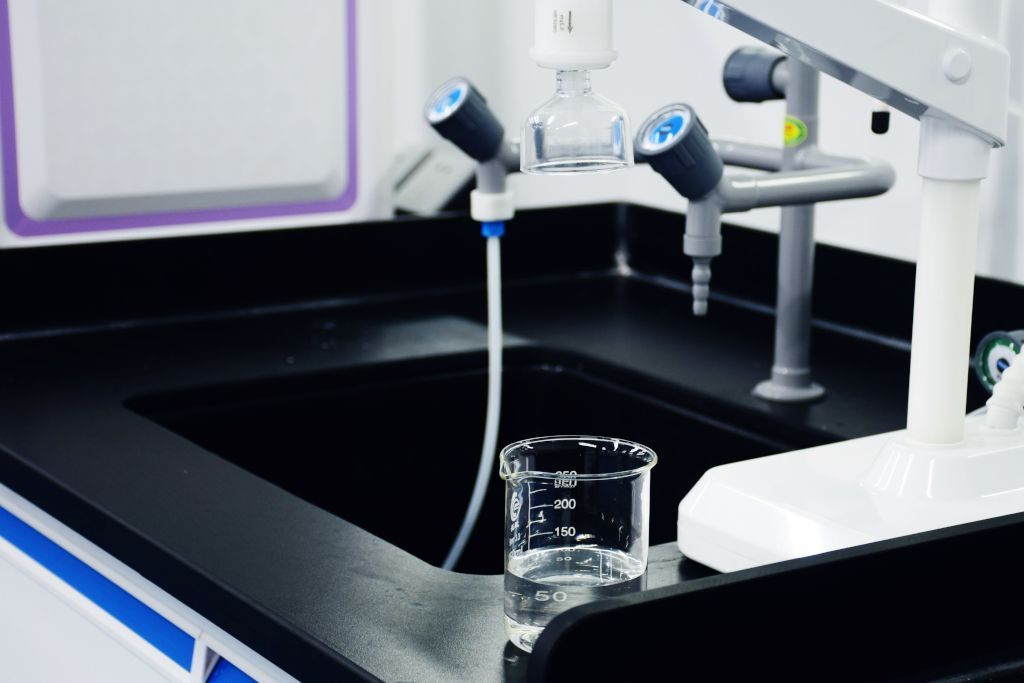If your drinking water comes from a private well, you will likely experience issues with iron in your water. These issues can range from poor-tasting coffee to bright orange streaks in toilets and bathtubs. However, there’s an equally familiar but less understood problem linked to iron contamination: iron bacteria, also known as “iron-eating” or “iron-oxidizing” bacteria.
Iron is one of the most abundant minerals in the earth’s crust. As a result, elevated levels of iron are usually widespread in the groundwater that serves wells, often fostering the growth of iron bacteria in well water. These organisms can combine oxygen with iron, manganese, or other nutrients in the water to form a swampy sludge containing rust deposits, bacterial cells, and other organic and inorganic matter. This slimy residue then sticks the bacteria to pipes, pumps, plumbing fixtures, and appliances, causing clogging, foul tastes and odors, corroded pipes and plumbing fixtures, etc.
Well-water systems used infrequently or intermittently are typically more prone to iron bacteria problems. To make matters worse, removing these organisms from your water can be complicated, which is why we recommend taking steps to prevent them from forming in your well in the first place. Luckily, this article explains a highly effective way to remove iron bacteria from well water. Let’s start by discussing what iron bacteria are and how they get into well water.





